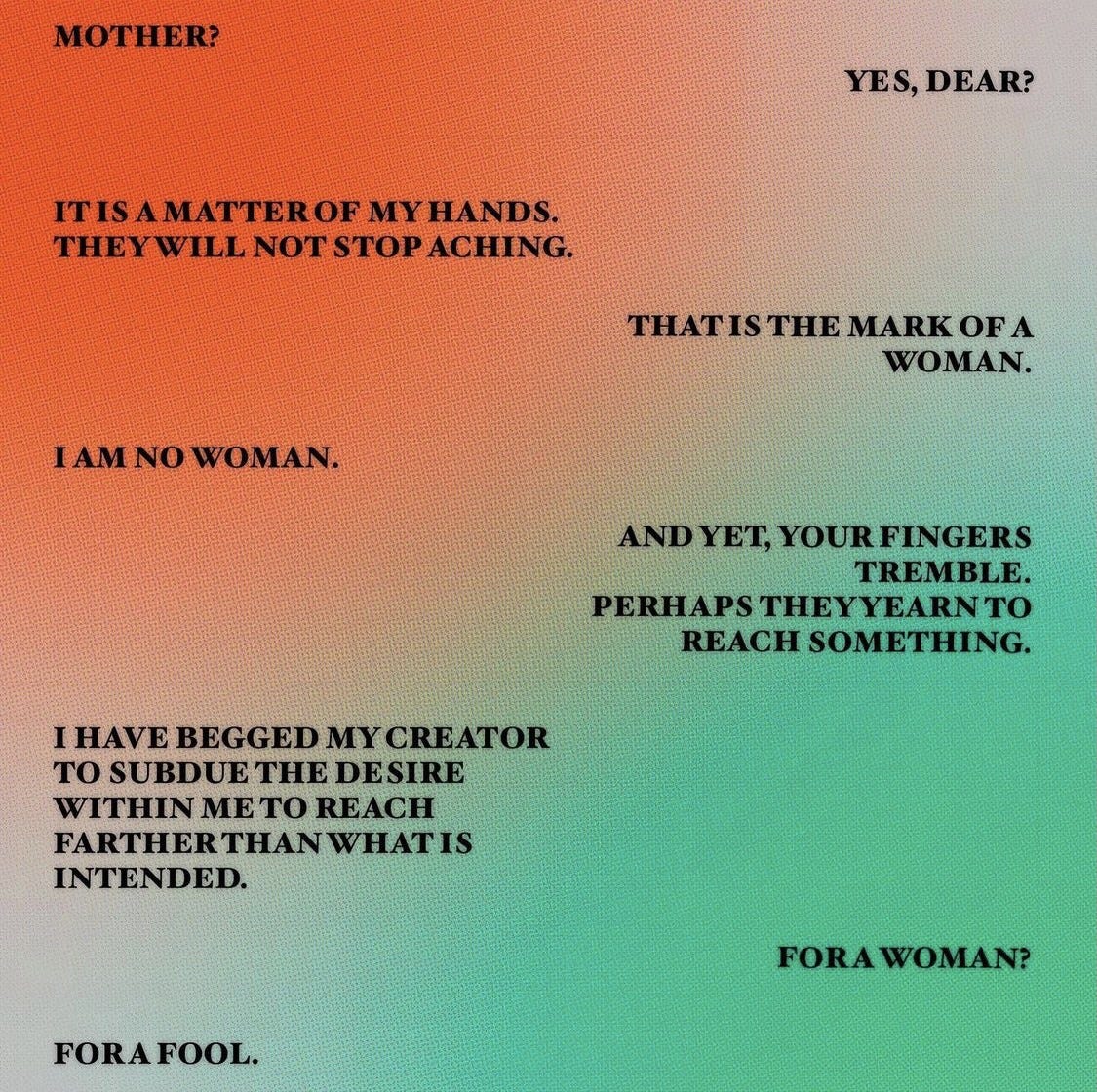Creatives in conversation: exploring inclusivity and equality in the design studio
Graphic designer, Dev Qazi, talks candidly about working in the creative industries and the urgency for inclusion
This is part two of this feature series. Part one is available here.
The conversation continues as graphic designer Dev Qazi adds to the discussion of UK’s Creative Industry, exploring inclusiveness in their works and proposing changes to the current state of creative practices.
“There is a sense of elitism I don’t appreciate”.
The up and coming graphic designer has recently started their studies, it was during the early stages of their foundation year at university that Dev noticed the divide between students.
Dev was free to explore countless sectors of the creative industry, but the new creative setting was a complete contrast to the spaces they were familiar with. The artist recalls that in past studies and other spaces they used to create in, racial diversity wasn’t a factor of inequality between artists.
Dev tells me their graphic design course expects students to be ‘super independent’. The progression of creative work largely depends on peer reviews, as professors tend to stand aside and avoid any intervention with the creative process.
Although Dev appreciates the freedom to explore a wide range of concepts, there is an underlying element of exclusion due to racial and financial inequality.
The artist has recently published a new project, Utopian Zine, which introduces Dev’s vision of life in a “perfect place”. On their Instagram the zine is said to be “created with children in mind to instil five core values of an ideal world”.
“I want people going through a similar experience to feel seen”.
Dev has also worked on a series of photoshoots, initiating the creative direction and taking on the roles of photographer and stylist. The photographs featured a group of models embracing in an outdoor setting surrounded by flowers, statues and saturated green tones.
This project was created during Dev’s foundation year at university, centering around coming-of-age and femininity. A theme the artist avoided in the past as they did not see themselves represented in the work depicting women, Dev says that as of recently they are “embracing [their] femininity”.
Laura Bolt: “There have been times when it was difficult to see where women have had a seat at the table, and just how significant their contributions have been”.
Another of Dev’s works is a reference to a conversation with their mother, the artist’s mother said “there are sacrifices you make when you are doing what you do”, Dev refers to their mother’s words as a “striking moment” in their life.
The conversation became a crucial element in a piece depicting aching hands, inspired by a personal experience when the 19 year old artist was experiencing recurring pain in their hands.
Portrayed by layered images of hands, Dev paired the visuals with a short paragraph which recalled the conversation with their mother.
The artist stresses that especially in media consumed by children “it feels important that children see things like that”, Dev thinks back to their early teens when they used to play Mystic Messenger and how the idealised alternative reality led Dev to having many unrealistic expectations.
Referencing the artificial intelligence Replika, the responsive AI you can form emotional connections with, the graphic designer mentions that they would like to create their own game in the future.
Possibly including elements of AI and two dimensional animation done by the artist, Dev would be aiming to create an interactive and introspective virtual reality for the players. Trying to steer away from unrealistic perceptions of life by depicting an unfiltered reality, as well as making the game inclusive.
As we talk more about self-expression in creative work, Dev says that now they feel more free and don’t attribute much value to judgement, this allows them to embrace concepts they lacked connection to before they were able to see their art from this new perspective.
“I don’t mind people’s reactions, even the negative ones”.
During lockdown Dev created a TikTok account, exploring algorithms and seeing what people like or dislike changed Dev’s perspective on how their art may be viewed. In particular, Dev was happy with how their art attracted people with shared experiences.
Dev likes to think of their work as a mirror to the current situation they find themselves in, recreating what they encounter on a daily basis.
At the moment the young artist is exploring the concept of entering adulthood, the artist tells me they are strongly influenced by anime from the 90s and early 2000s as well as the music they listen to.
On their playlists you can find artists such The Neighbourhood, Joji, Radiohead, Deftones, Cigarettes After Sex. Or you could commission their work to be in the style of one of their favourite animes, something Dev does regularly, like Nana, Cowboy Bebop, Neon Genesis Evangelion or Death Note.
After asking Dev what three words they would use to describe their work, they sit to think about the answers, briefly looking around surrounded by small unfinished paintings, scattered pens and art books.
The first, “contemporary”. Taking another brief pause, Dev adds “queer and meaningless”. The graphic designer continues to tell me their “work is always changing” just as they are always changing.
The young artist is never held back by the past, using the creative process as an extension of who they are, to Dev their work becomes irrelevant with the passing of time.











